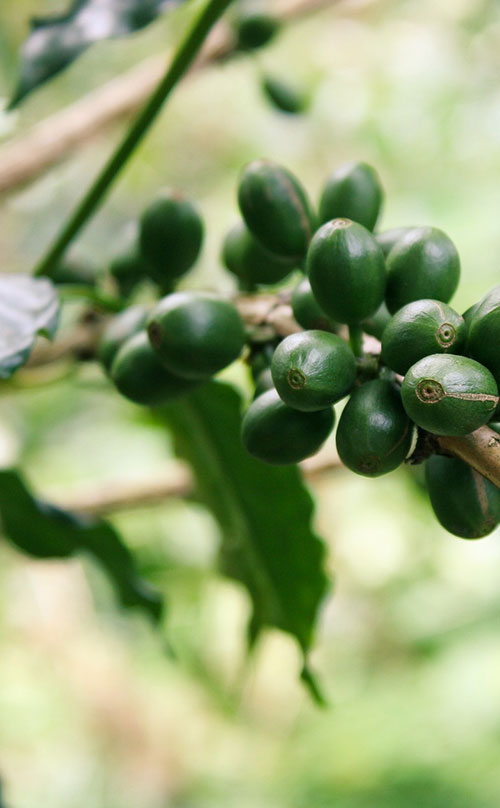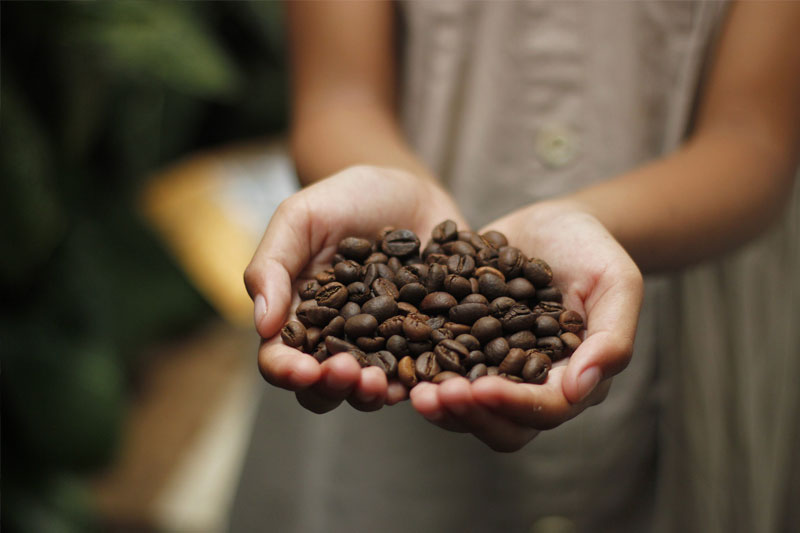Coffee import and export in Nepal is gradually trending towards increasing import while it is gaining popularity among urban population. Increasing number of crowds in well-designed coffee shops in urban centers proves its popularity. In fact coffee is the most consumed drinks and one of the most traded commodities in the world. Globally, consumption is estimated at over 2.25 billion cups per day. In our context, Nepal consumes 250 metric tons of coffee in average per year.
But before it gets to our morning cup, coffee beans travel through a complex global and local supply chain. There are two types of coffee plants-
• Coffee Arabica: complex flavor and less caffeine, and its used mostly in specialty and high quality drinks as Arabica coffee.
• Coffee Canephora: strong and bitter flavor, easy to grow, and is most frequently used in espressos and instant blends as Robusta coffee.
Coffee berry is stripped down to green beans and shipped from producing countries to a global supply network.
Coffee produced in Nepal is of Arabica variety. It is considered as specialty coffee for its distinct aroma and body and is grown in high altitude area above 1,000 meters up to 1,600 meters. Nepalese coffee is organic and eco-friendly. Small farmers are involved in its plantation. Until 2000 AD coffee plantation and production was an adventure in Nepal. Farmers were not sure of coffee being a source of income or income generating crop. Coffee was produced and processed only for domestic market. After the year 2002, coffee import and export in Nepal has substantially changed due to domestic consumption and motivated coffee producers considering coffee as one of the major income generating crops.
According to National Tea and Coffee development board Nepal produce an average of 470 metric tons of coffee per year. It is cultivated in about 40 districts of the mid-hills. Syangja, Nuwakot, Gulmi, Palpa, Kaski, Kavrepalanchowk, Arghakhanchi, Tanahu, Baglung, Gorkha, Lalitpur are major districts known for coffee production. According to a study done in 2018 Gulmi, Sindhupalchok and Baglung are the top three districts with largest areas classified as highly suitable for coffee cultivation. The study revealed that a total of 424 Palika from 62 districts have some area suitable for coffee cultivation.

Looking into the trend of coffee import and export in Nepal, the country exports 112 metric tons of coffee per year in an average. In the year 2018/19 Nepal exported 84 metric tons of coffee to different countries. It is a very small share in the global coffee market and production. Germany, Japan, US, Australia, Netherland, Switzerland are major markets of Nepalese coffee.
Nepal made a record breaking import in trade history of Coffee in the year 2018/19. 1262 metric tons of coffee was imported this year. Coffee import to Nepal was 163 metric tons, the highest ever, in fiscal year 2017/18. Nepal imports an average of 80 metric tons of coffee every year from India, China, Brazil, Thailand, Korea, United Kingdom etc. Coffee import from India is consistently the highest in last decade.
Coffee isn’t just a drink; after all, it’s a business. Small farmers as well as individuals involved in coffee processing and marketing are shareholders of entire coffee business. Nepal has a favorable climatic condition for its cultivation. Technical and financial support to the farmers involved in coffee cultivation will increase the share of coffee in the economy of Nepal.

